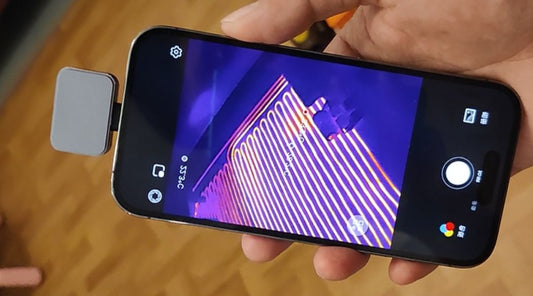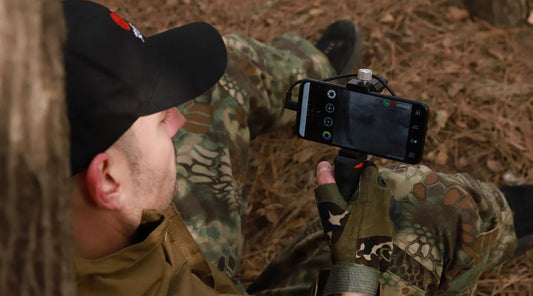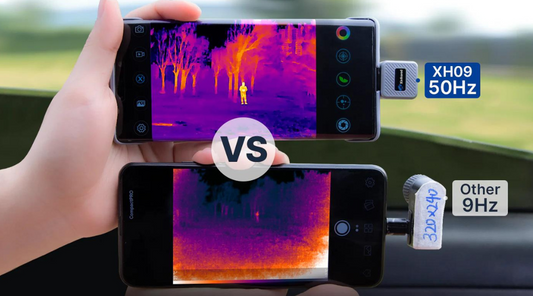Can a Thermal Monocular be Used in Complete Darkness?
Thermal monoculars have become increasingly popular in recent years, with their ability to detect heat signatures making them an invaluable tool for hunters, security personnel, and outdoor enthusiasts. One question that often arises is whether these devices can be used in complete darkness. In this article, we will explore the capabilities of thermal monoculars in low-light conditions and examine whether they can be relied upon in the absence of any visible light.
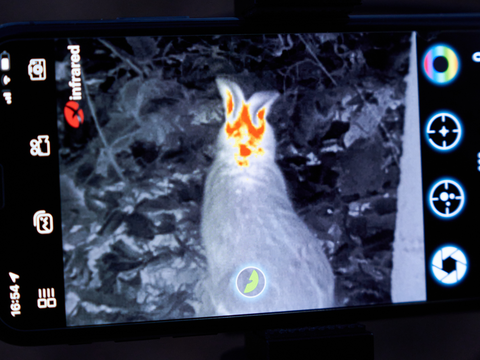
What is a Thermal Monocular?
Before we delve into the topic, let's first define what a thermal monocular is. A thermal monocular is a handheld device that uses thermal imaging technology to detect and display the heat signatures of objects in its field of view. It does this by capturing the infrared radiation emitted by objects and converting it into an image that can be viewed on a screen.

Thermal Monoculars and Low-Light Conditions
Unlike traditional night vision devices that amplify visible light, thermal monoculars detect heat signatures, which means they can be used in complete darkness. The reason for this is that all objects emit some form of heat energy, even if they are not visible to the naked eye.
However, the effectiveness of a thermal monocular in low-light conditions depends on several factors, such as the ambient temperature, the sensitivity of the device, and the distance between the object and the monocular.
Ambient Temperature
Thermal monoculars work by detecting differences in temperature, so the ambient temperature can have an impact on their performance. In very cold environments, for example, the device may struggle to detect heat signatures, as everything will be close to the same temperature. Conversely, in very hot environments, the monocular may be less effective, as the heat from the surrounding environment may overwhelm the heat signature of the object being viewed.
Sensitivity of the Device
The sensitivity of the thermal monocular is another important factor to consider. A more sensitive device will be able to detect smaller temperature differences, which means it will be more effective in low-light conditions. However, sensitivity comes at a cost, and more sensitive devices tend to be more expensive.
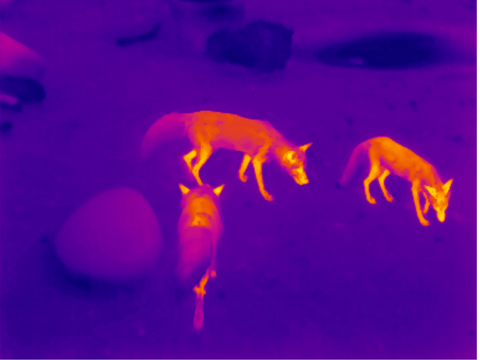
Distance Between the Object and the Monocular
The distance between the object and the monocular is also a crucial factor to consider. As the distance increases, the heat signature of the object will become weaker, making it more difficult for the monocular to detect it. In complete darkness, the range of a thermal monocular will typically be limited to a few hundred meters, depending on the sensitivity of the device.

Conclusion
In conclusion, thermal monoculars can be used in complete darkness, as they detect heat signatures rather than visible light. However, their effectiveness in low-light conditions depends on several factors, such as the ambient temperature, the sensitivity of the device, and the distance between the object and the monocular. Despite their limitations, thermal monoculars remain a valuable tool for hunters, security personnel, and outdoor enthusiasts, and their ability to detect heat signatures in complete darkness makes them an important addition to any toolkit.


